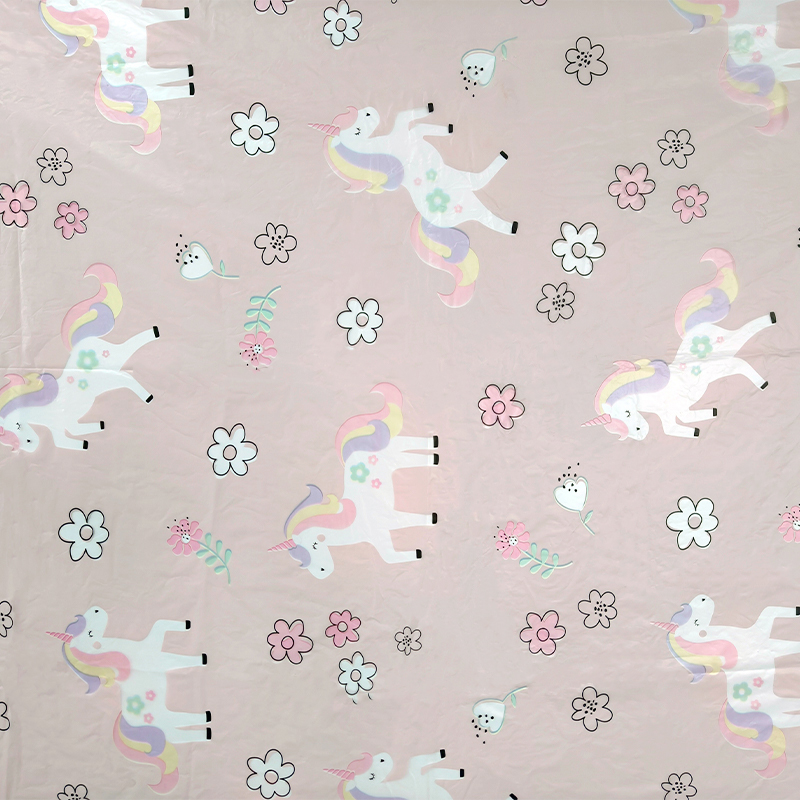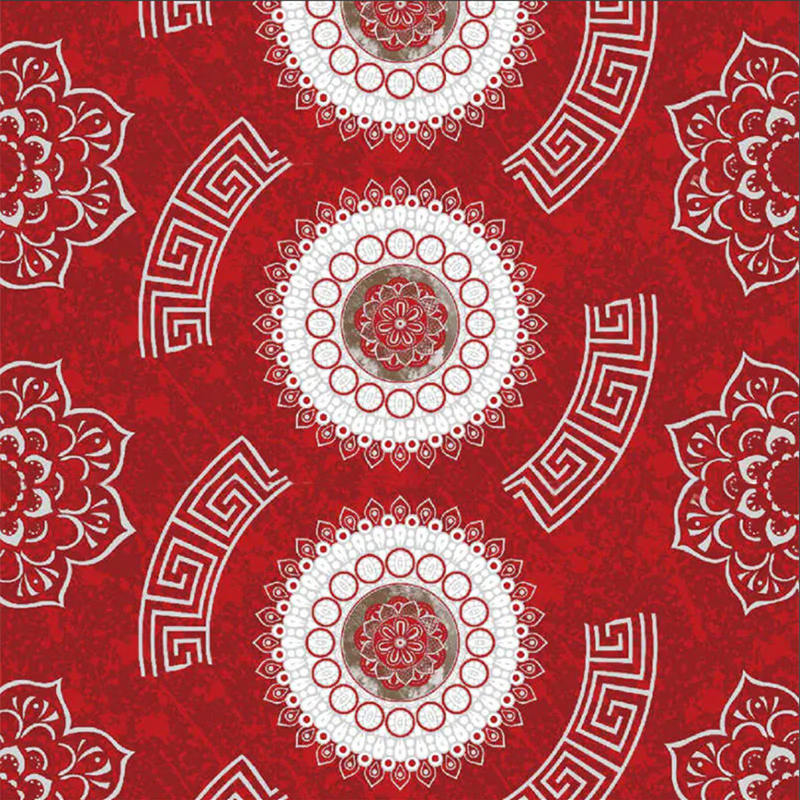While food and consumer goods dominate the spotlight in packaging conversations, the potential of printed composite film in industrial sectors is often underestimated. This versatile material isn’t just about preserving snacks or enhancing shelf appeal—it also plays a critical role in sectors where functionality, durability, and precision matter just as much, if not more. From chemical containers to construction membranes, the adaptability of composite film makes it an ideal solution for a range of specialized needs outside mainstream retail.
In the automotive industry, printed composite film is increasingly used for both protective and decorative applications. Films laminated with abrasion-resistant coatings can serve as protective covers for interior components or surface protection during transport. They can also be custom printed with branding or technical data, helping manufacturers label or differentiate parts while safeguarding them against dust, moisture, or handling damage. When thermal stability and chemical resistance are required—such as under-the-hood parts—specific film structures can be engineered to withstand harsh conditions without delamination or degradation.

Electronics is another sector where composite film shows its strengths. Anti-static, EMI-shielded, or flame-retardant versions can be customized and printed with circuit diagrams, warnings, or brand identifiers. These films are not just carriers of information; they’re part of the functional packaging solution, helping protect sensitive components from static discharge, moisture, or physical shocks. Because these applications demand precision and tight tolerances, high-quality printed composite film with consistent thickness and excellent dimensional stability becomes essential.
In construction, large-format printed films are used as part of vapor barriers, insulation wraps, and roofing underlays. Here, the emphasis shifts toward UV resistance, tear strength, and compatibility with various adhesives or sealants. Printing plays a critical role, not for aesthetics, but to display installation instructions, product specifications, or branding. Since these materials are often exposed to outdoor conditions before installation, durability is crucial—and that's where experience in composite lamination technology matters.
The chemical and pharmaceutical industries also make heavy use of printed composite film for bulk packaging and labeling. Multi-layer films with strong barrier properties help contain aggressive substances while maintaining legible, durable print. Labeling requirements in these sectors often include multilingual warnings, traceability codes, and regulatory marks. To meet such demands, the film must provide excellent print holdout and chemical resistance—two attributes that can be finely tuned through careful layer selection and surface treatment.
Even in agriculture, where packaging typically emphasizes cost and toughness, printed composite film has carved a niche. From seed bags to pesticide sachets, these films protect contents from light, oxygen, and moisture, all while carrying detailed product information in hostile environments like direct sunlight and fluctuating humidity. The ability to integrate high-performance films with reliable print capabilities ensures that critical information stays intact from warehouse to field.
For customers seeking performance-driven, application-specific packaging solutions, the flexibility and reliability of printed composite film offer distinct advantages. As a supplier committed to both innovation and practical value, we help our industrial clients design film structures that go beyond conventional needs—whether it's to resist chemicals, comply with safety standards, or simply perform in extreme settings. The future of industrial packaging is changing, and printed composite film is right at the center of that evolution.



 English
English Français
Français русский
русский عربى
عربى Español
Español











